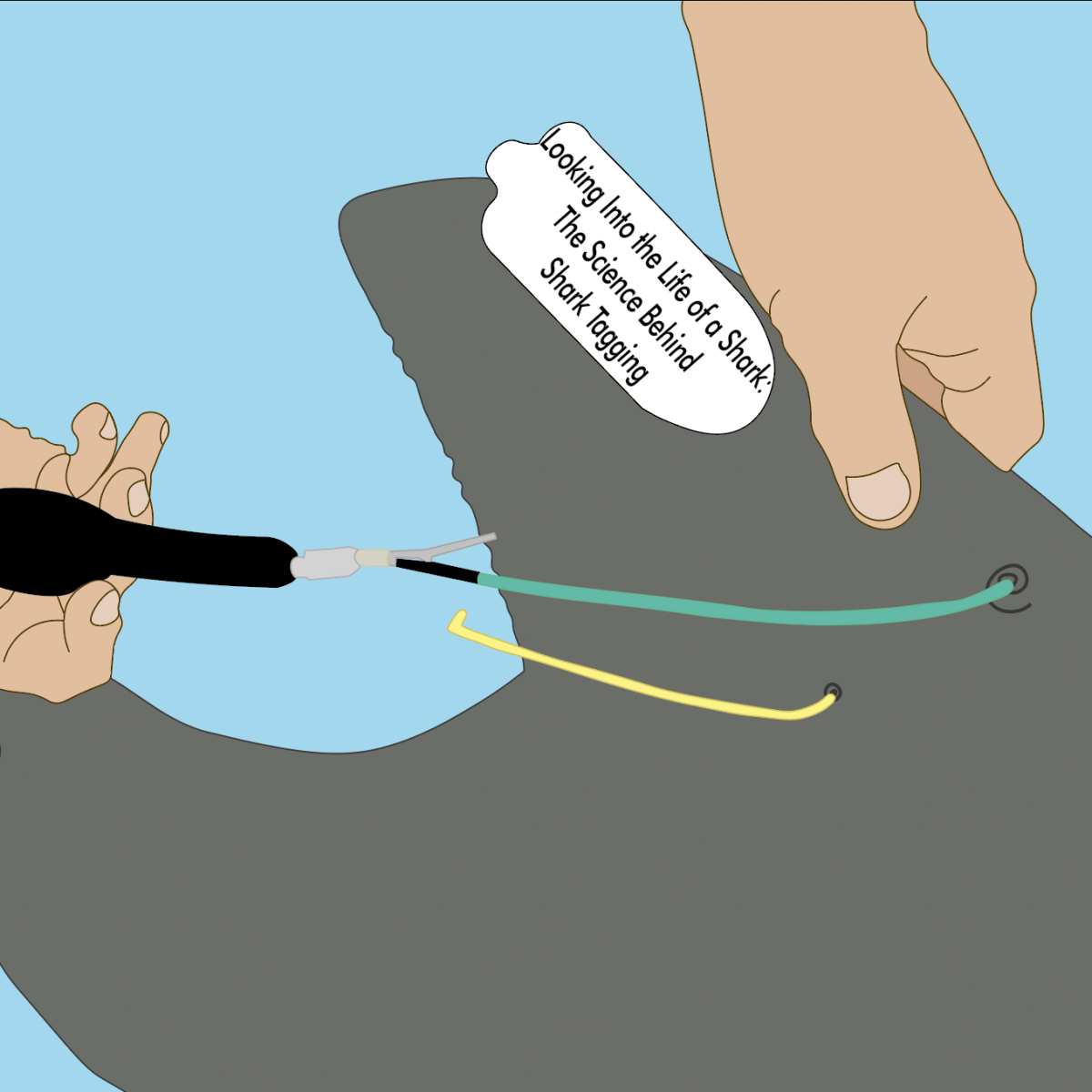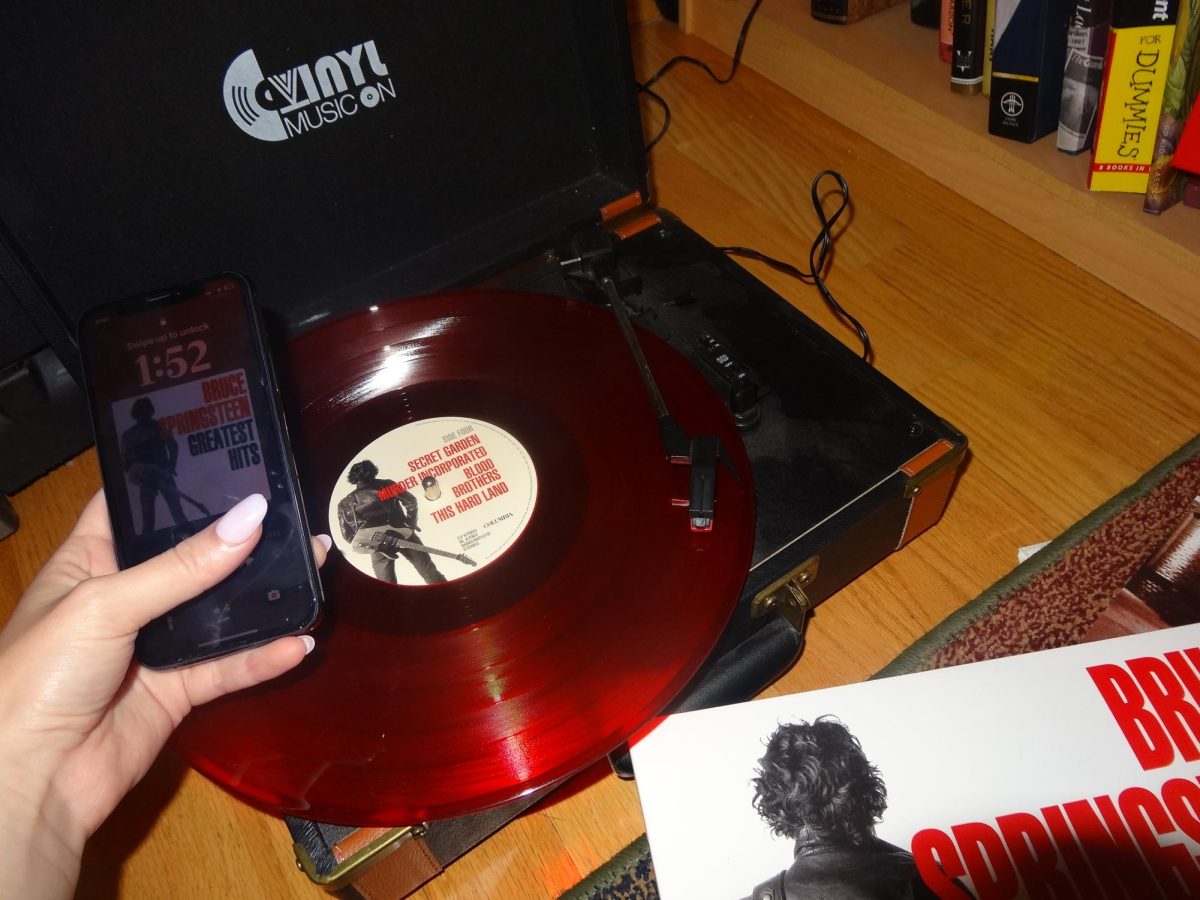Some may have heard about a new bracelet trend that allows one to “track a shark,” but how does this actually work? Shark tracking is a process that allows scientists to gain insight into sharks and how they live socially and reproductively in their environments.
However, this tagging process is much more complicated than it seems. Typically, scientists use barbless hooks to ensure the sharks are unharmed when it comes time for removal. To have as minimal contact with the sharks as possible, they then bring the sharks up the side of the boat, leaving their gills in the water so they can breathe. Some fishermen and scientists roll the sharks on their backs, causing the fish to become almost immobilized. After gaining control of the shark, they attach the tag at the base of the first dorsal fin by their head. Scientists then release the shark back into the water and wait for the information to be received.
Shark tagging and tracking are done with varying tags that correspond directly to what scientists aim to study. For example, acoustic tags, which can last up to 10 years, can be used to transmit information about the water’s temperature or depth that the shark is in.
Researchers receive information from the tags through a series of pulses, and then record the corresponding date and time of the information, and what the data entails. Satellite tags can be used in different ways, such as tracking tags, as well as pop-off data logging tags. These tags, connected by a small tether on the shark, use satellites to transmit live updates on the shark’s location but pop off of it after a set amount of time. It could take from one month to a year for scientists to obtain this data when considering the deactivation date.
Scientists need to be aware of the shark’s age before placing a tag. If the shark is a juvenile, there’s a higher chance that an adult shark will eat it; this can greatly limit the amount of information researchers would be able to obtain.
Miami Palmetto Senior High’s Marine Science Honors teacher Nicolas Quintairos provides insight into the different ways scientists can track sharks— the main alternative is setting up underwater cameras.
“There’s a camera called Coral City Camera, and it is essentially a go-pro that is permanently attached to the reef, and it’s constantly recording. It allows researchers to take fish surveys, as well as count the number of sharks that pass by in the view of the camera. Obviously, it has the downside that the camera doesn’t move and you can’t get a good sense of how many animals are in the area,” Quintairos said.
Shark tagging can offer benefits to shark conservation. Many sharks are killed due to finning, the process where fishermen catch sharks, cut off their fins and send them back to the ocean. This prevents a shark’s ability to swim, causing them to sink to the ocean floor and die. Tagging shows scientists where most of the sharks congregate, providing scientists and conservationists information about which areas to protect and preserve for the sharks.













